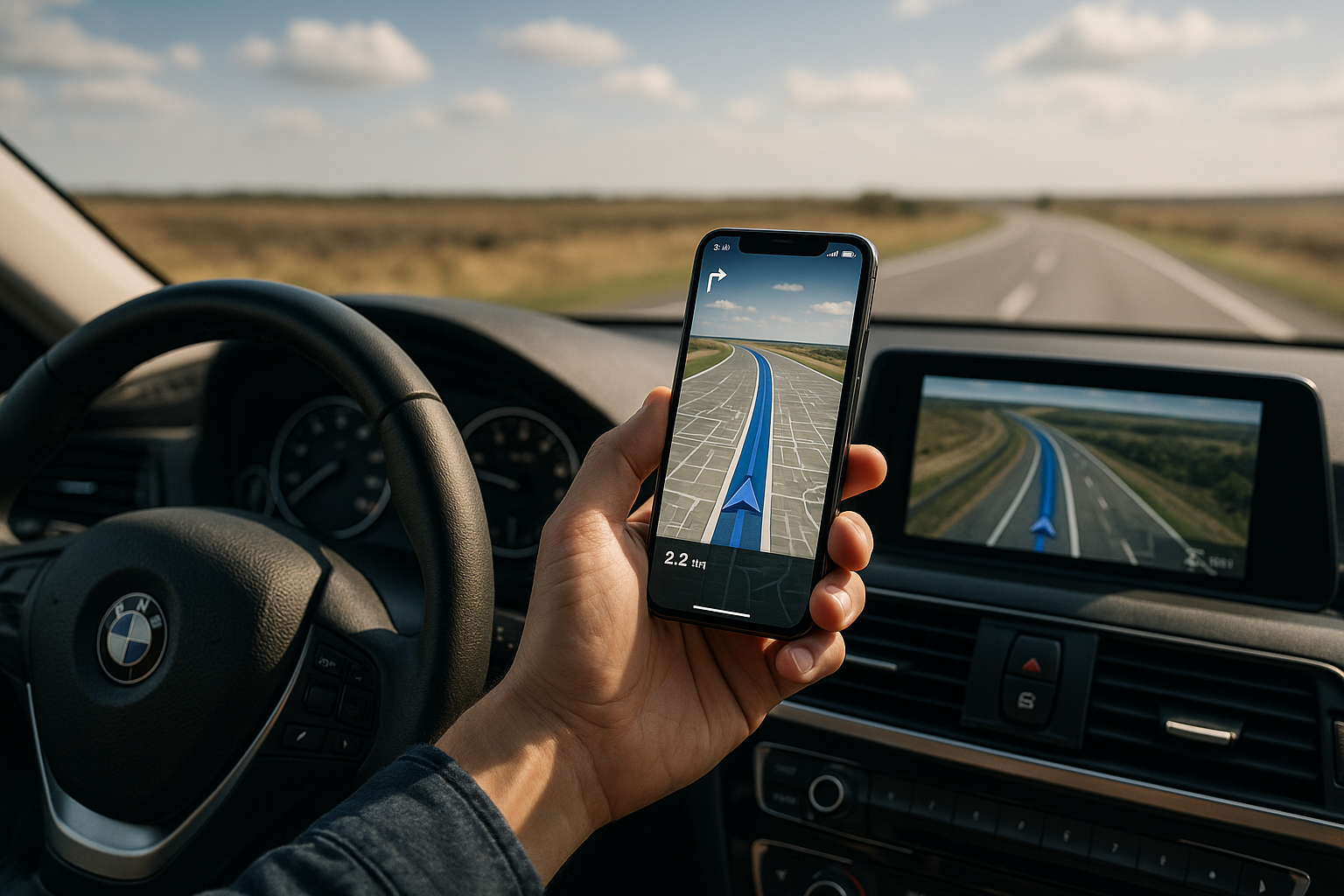From Dirt Roads to Digital Highways: The Evolution of Automotive Navigation Systems
In the early days of motoring, finding your way from point A to point B was not a straightforward task. Drivers often had to rely on paper maps, road signs or directions from locals – a far cry from the sophisticated navigation systems we have today. The first automotive navigation system, called "Iter Avto", was introduced by the Italian company Magneti Marelli in 1930. It was essentially a mechanical scrolling map that could be programmed with a route. However, it was not until the advent of satellite-based Global Positioning System (GPS) in the 1970s that navigation systems became truly reliable and useful.

GPS Takes the Wheel
The introduction of GPS marked a significant shift in the automotive industry. The system, initially developed by the U.S. Department of Defense for military purposes, was made available for civilian use in the 1980s. With the ability to precisely pinpoint a vehicle’s location, direction and speed, GPS provided a level of accuracy and convenience that was previously unthinkable. Automotive manufacturers quickly recognized the value of GPS and began integrating it into their vehicles. By the mid-2000s, GPS navigation had become a standard feature in many cars.
The Digital Revolution
The next major leap forward in automotive navigation came with the rise of digital technology. In-car systems transitioned from standalone devices to integrated infotainment systems, offering a range of features beyond navigation, such as music, phone connectivity and more. The advent of the smartphone also revolutionized the way we navigate. Apps like Google Maps and Waze have become our go-to tools for getting around, offering real-time traffic updates, route suggestions and turn-by-turn directions.
The Future of Automotive Navigation
As we move closer to a future of autonomous vehicles, navigation systems will play an even more critical role. Self-driving cars will rely on advanced navigation systems that can understand and respond to the environment around them. These systems will need to be capable of processing enormous amounts of data in real time, from a variety of sources including satellites, sensors and other vehicles.
Navigating the Challenges
Despite the tremendous strides made in automotive navigation, challenges remain. Issues such as signal loss in urban canyons or rural areas, and the threat of cyber-attacks on connected systems, are among the key concerns. As we continue to push the boundaries of what is possible with automotive navigation, it is crucial that these challenges are addressed to ensure the safety and reliability of our future transportation systems.
In conclusion, the journey of automotive navigation from rudimentary maps to advanced GPS systems and digital technology is a testament to human ingenuity and the relentless pursuit of progress. As we look to the future, it is clear that the road ahead for automotive navigation is as exciting as it is challenging.





